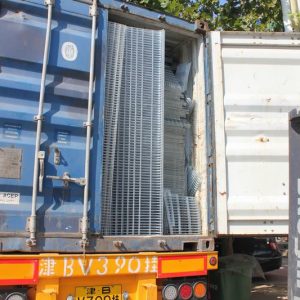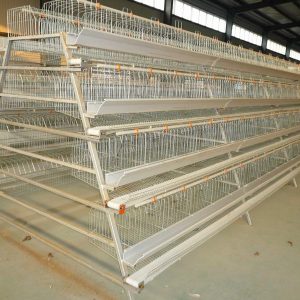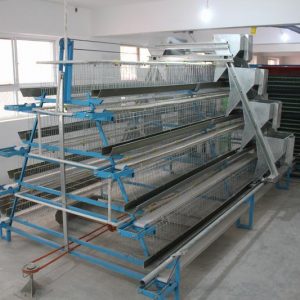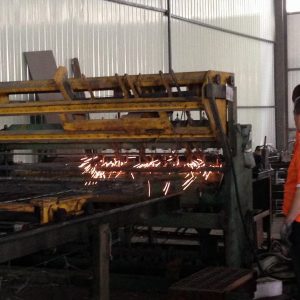
Problems and countermeasures of native chicken breeding
Local chickens generally refer to local breeds of chickens that are stocked in mountain forests, orchards, etc. and mainly feed on insects and grass. Local chickens are spread all over the countryside and are a favorite food of our people. The number of native chickens can be large or small, generally less than 5,000 pigeons, and the small ones are only dozens or hundreds of pigeons. They are suitable for raising various types of people in rural areas and are a good project to increase farmers’ income. Therefore, the wide range of local chicken farming, guiding farmers to do local chicken farming and improving the survival rate of local chickens is of great significance to the protection of farmers’ income and the quality of livestock products, as well as to enrich the residents’ high-end dietary needs.
1. Problems with native chicken breeding
In recent years, the development of local chicken breeding in Wenzhou has been good, but there are also some problems that need to be solved.
1.1 The problem of polyculture
In view of the characteristics of the native chicken, the feeding process is generally carried out in stages, and the feeding method is all in and out. Multi-breeding and multi-day-old chicken flocks will lead to cross-infection of the disease, which will bring great difficulty to the epidemic prevention work.
1.2 The problem of breeding density
Farms generally despise the work of epidemic prevention, underestimate the complexity of chicken diseases, batch polyculture, fail to achieve full entry and exit management, it is difficult to continue development. High-density chicken breeding often causes vicious pecking anal and feather pecking, and also easily causes the spread of disease.
1.3 Immunization problem
Many farmers lack systematic knowledge of planned epidemic prevention, and fail to realize the seriousness of many epidemics, such as bird flu, Newcastle disease and other epidemics cannot be completely cured with drugs. The breeding farm is often a part-time veterinarian, and it is difficult to achieve the therapeutic effect by simply buying medicine and feeding at the veterinary drugstore based on experience.
1.4 Waste disposal issues
Litter, feces, drugs, sick chickens and other wastes generated during the breeding process are discarded at will without treatment, causing environmental pollution and increasing the risk of disease transmission.
2. Response measures
2.1 Chicken farm construction
It is important to choose the location of the shed, avoid the low-lying areas of the farmland, avoid the planting area of cash crops, the breeding area and the living area should be isolated, and the living area is at the upper wind. The production area of the chicken farm should be effectively isolated from the outside world, outsiders are not allowed to enter and leave at will, and wild animals, cats and dogs cannot enter the production area. The farm should be equipped with functional areas such as a disinfection room, a veterinary room, and a septic tank. The temperature control conditions of the chicken farm should be good and the ventilation should be good, creating a suitable microclimate. The materials of the chicken coop can be adapted to local conditions. In coastal areas, it is necessary to prevent typhoons. If the chicken coop is blown down by the typhoon, the mortality rate of chickens will be high. Generally, the distance between chicken sheds is more than 100 m, and the height is not less than 2.5 m. The door of the shed is on the sunny side, and the height of the stocking fence is not less than 1.5 m. Set a waterer and a feed bucket for every 200 in the rain shelter outside the chicken shed.
2.2 Feeding management
After the chicks enter the field, they must first keep the broods warm. Chicks should be reared on the Internet until they are out of temperature for 20-30 days. The heat preservation room in the brooding period adopts a net bed structure to improve the sanitation level. The heat source uses air conditioning to save about 70% of electric energy, because air conditioning has a heat pump effect, which generates more heat than direct electric heating. After the brooding, transfer to the fattening bar for stocking. Stocking in woodlands, hillsides, orchards, etc. during the day, and returning to the chicken house at night. The ground can be covered with hull, straw or hay to prevent the ground from being damp. Thresholds should be set at the gates of pens to prevent chicken manure from overflowing and polluting the external environment. There should be isolation nets at entrances and exits to prevent wild birds and dogs from entering and to prevent chickens from being crushed to death. Provide sufficient feed and eat freely. Set up a drinking bucket to drink water freely. If possible, the batch interval should be extended as much as possible. After each batch of chickens are slaughtered, the chicken shed should be cleaned, disinfected, and exterminated, and rodent-free.
3. Effect
3.1 The quality of brooding is greatly improved
The chicks increase the regularity after heat preservation, and the growth speed is accelerated. Diseases during the warming period were reduced by more than 80%, and the use of veterinary drugs was reduced. Intelligent insulation management, managers no longer monitor and manage the temperature 24 hours, while saving about 70% of electricity costs. The safety level of the chicken farm has been improved, and fires and casualties have been avoided.
3.2 Increased survival rate during fattening
Strictly implemented the management measures of building points, effective isolation, “all in and all out” and disinfection in place, greatly reducing cross infection, reducing the intergenerational infection of the disease on the chicken farm, and the probability of the disease occurring on the farm It turned out to be down about 80%, and the economic benefits were incalculable. Since a demonstration site adopted this technology for 7 months, it has raised 18,000 native chickens, with a production value of 526,000 yuan, an increase of 66,800 yuan in economic benefits compared to the original. Among them, it saved 95,000 yuan in electricity, saved 9,100 yuan in veterinary medicine, and saved 27,300 yuan in feed. , Reduced death losses by RMB 15,700, and reduced management expenditure by RMB 52,200.



